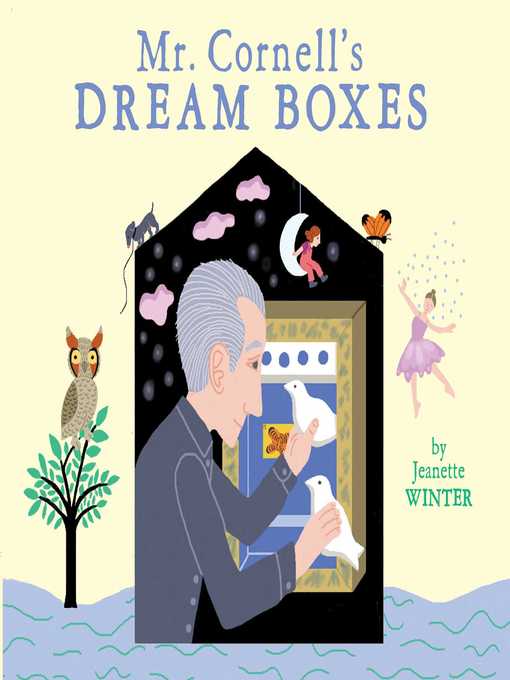

Gray is exhausted from coloring expansive spaces (elephants, rhinos and whales). Red is overworked, laboring even on holidays.


Winter captures in two dimensions a great deal of the evocative nature of Cornell’s three-dimensional work in a way that will be intriguing for the very young.ĭuncan wants to draw, but instead of crayons, he finds a stack of letters listing the crayons’ demands in this humorous tale. She conveys the dreamlike quality of his work, even when strange or disquieting: “He remembered learning about stars, / and how the endless sky scared him.” The plain outlines of his house are overlaid with images of a swan and a moon in one illustration, bright birds in another. Images repeat and transform from imagined glimpses through the windows of Cornell’s house to a view into the artist’s dreams and memories. Winter’s digitally rendered art is delicate and inviting. Winter offers a look at a form of artistic expression within reach of her audience, explaining that Cornell was neither painter nor sculptor, yet he created “WONDERLANDS covered in glass.” She charmingly discloses that Cornell loved sweets and imagines child readers or listeners as one of the neighbors Cornell might have invited to a special exhibit of his boxes. Winter presents Cornell in the context of home on Utopia Parkway: caring for his brother upstairs, dreaming in his backyard, assembling his unique shadow boxes in the cellar of the house in Queens, New York, where artists and collectors eventually come to visit, as the author’s note reveals. A gentle homage to artist Joseph Cornell explores artistic inspiration for very young readers and listeners.


 0 kommentar(er)
0 kommentar(er)
